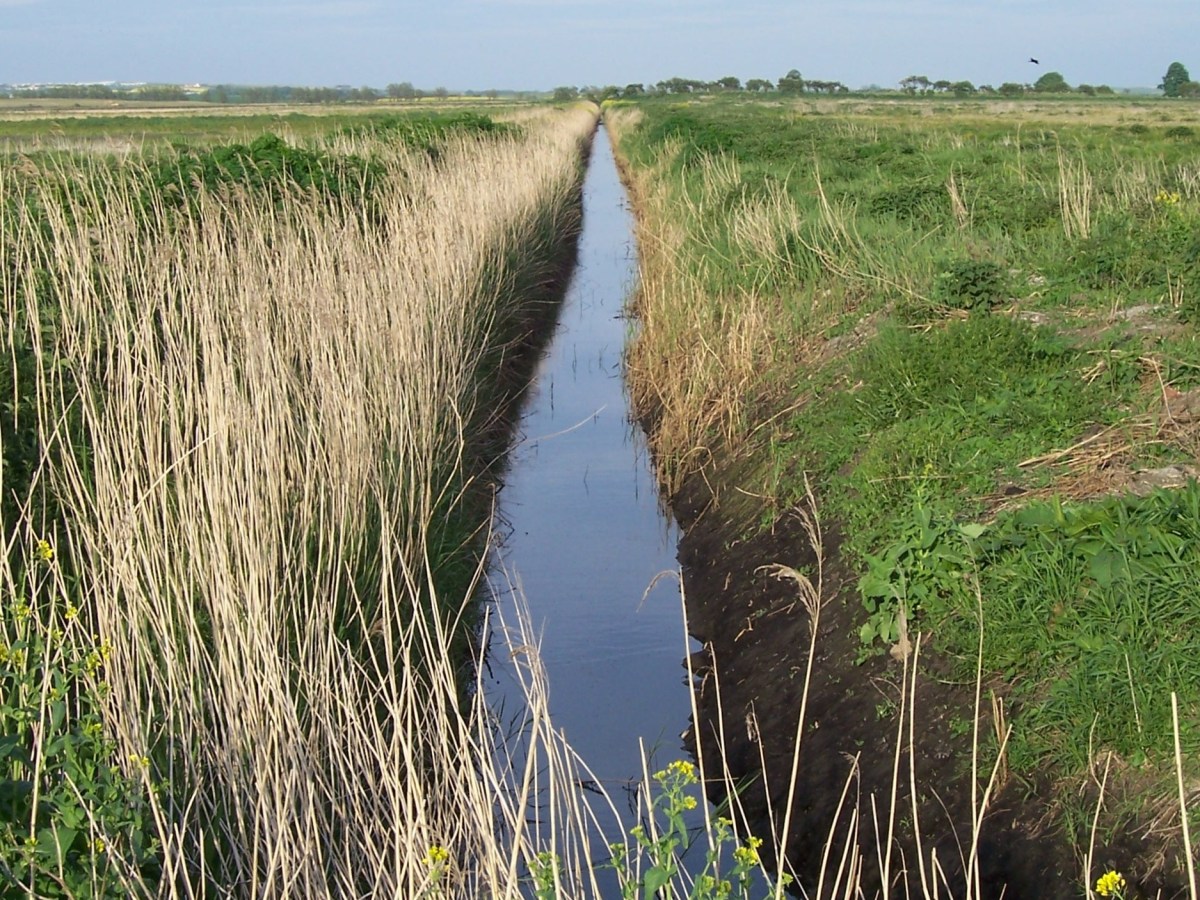Gully meaning isn’t just about a ditch; it’s a surprisingly multifaceted term. From its literal definition as a channel worn by running water to its metaphorical uses in literature and everyday speech, understanding “gully” requires exploring diverse geographical contexts and cultural interpretations. We’ll delve into the geological processes behind gully formation, examine its environmental impact, and uncover the surprising ways this word shapes our understanding of landscapes and even human experiences.
This guide will cover everything from the basic definition of a gully, considering variations in meaning across urban and rural settings, to the detailed processes of gully erosion and the effective methods for prevention and remediation. We’ll also explore the less obvious, figurative uses of the word “gully,” showing how its meaning extends beyond the purely geographical.
Understanding Gullies: A Comprehensive Guide: Gully Meaning
Gullies, those deep channels carved into the earth, are a common sight in many landscapes. Their formation is a fascinating example of the power of natural processes, and their impact on the environment is significant. This guide provides a comprehensive overview of gullies, from their definition and formation to their environmental consequences and management strategies.
So, “gully” basically means a small, narrow valley, right? It’s often carved out by water erosion. Thinking about that, it makes you wonder about the chaotic forces involved, kind of like the situation with Khabib Nurmagomedov, who was reportedly removed from a plane as described in this article: khabib removed from plane. The incident, though unrelated to erosion, highlights how unexpected disruptions can dramatically alter a course, much like a gully changing a landscape over time.
Ultimately, understanding “gully meaning” helps us appreciate the power of natural processes.
Defining “Gully” in Different Contexts
A gully is a significant channel or ravine, typically formed by water erosion. The definition can vary slightly depending on context. In rural areas, gullies are often associated with agricultural lands and are usually larger and more deeply incised than their urban counterparts. Urban gullies, on the other hand, might be smaller channels formed in developed areas, often due to inadequate drainage systems or construction activities.
The term can also refer to narrow, steep-sided valleys, even in areas without significant erosion.
So, you’re wondering about “gully meaning”? Think of it as a channel carved by water, often quite dramatic. Now, this might remind you of the sharp lines and structure sometimes found on a really formal dress coat meaning , which also suggests a certain formality and precision. Getting back to gullies, they’re a powerful force of nature, shaping the landscape over time, much like a well-tailored coat shapes a person’s appearance.
Types of Gullies
Gullies can be categorized based on their size, shape, and formation process. Some common types include sheet erosion gullies (shallow, wide channels), rill gullies (small channels that can coalesce into larger gullies), and V-shaped gullies (deep channels with steep sides, often indicating more significant erosion). The specific type observed depends largely on factors like rainfall intensity, soil characteristics, and vegetation cover.
| Type | Formation | Location | Size |
|---|---|---|---|
| Sheet Erosion Gully | Sheet erosion concentrating in a channel | Agricultural fields, slopes | Relatively shallow and wide |
| Rill Gully | Coalescence of numerous small channels | Slopes, cultivated lands | Small to medium size |
| V-shaped Gully | Concentrated flow of water, significant erosion | Steep slopes, riverbanks | Deep and narrow |
| Headcut Gully | Retreating erosion at the gully head | Slopes, stream channels | Variable size, often deep |
Gully Formation and Erosion
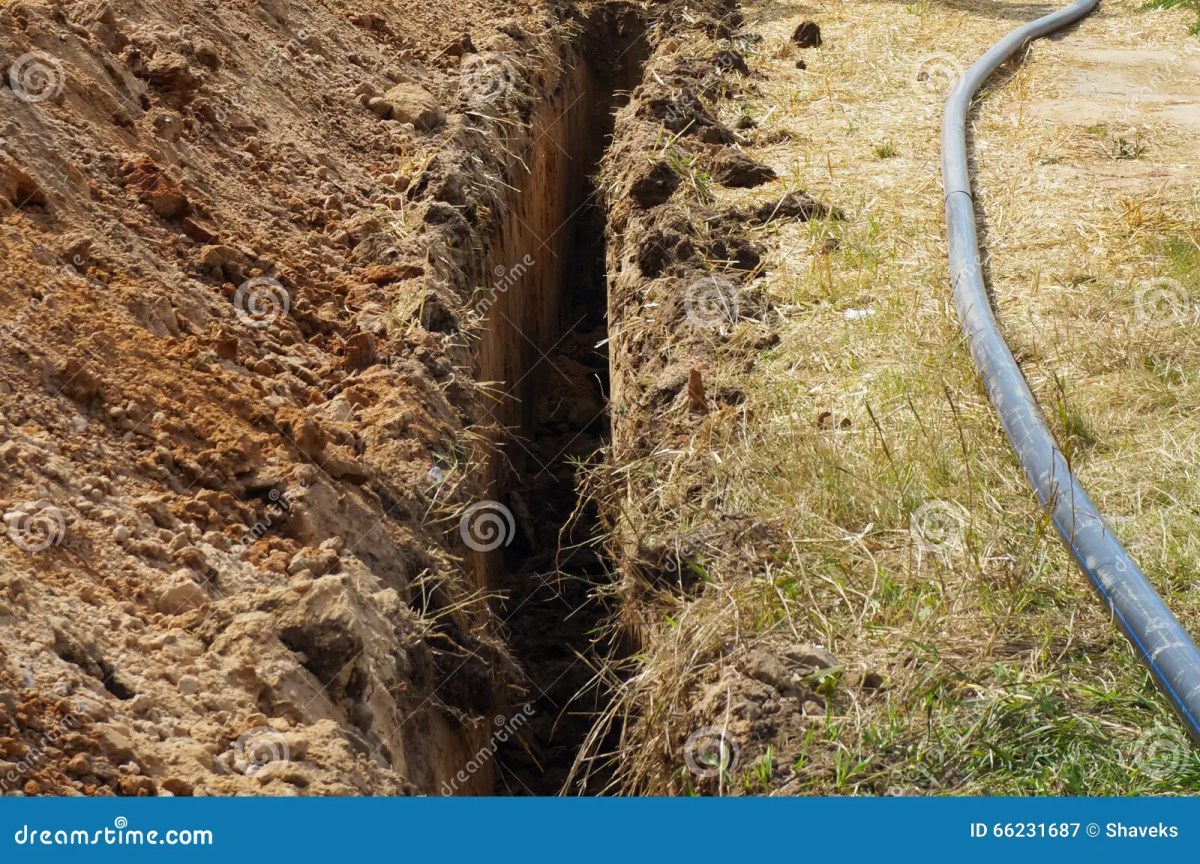
Gully formation is primarily driven by water erosion. Rainfall, particularly intense rainfall events, plays a crucial role. Water runoff concentrates in small channels, gradually enlarging them through the processes of detachment and transport of soil particles. The rate of gully erosion is influenced by several factors, including rainfall intensity and frequency, soil type (e.g., cohesive soils are more resistant), slope gradient, and vegetation cover (vegetation helps stabilize the soil and reduce runoff).
A step-by-step illustration of gully formation could be visualized as follows: (1) Initial surface runoff concentrates in small depressions; (2) Rills form and deepen due to increased water flow; (3) Rills coalesce to form larger channels; (4) Headcut erosion at the gully head causes the gully to lengthen; (5) Further erosion widens and deepens the gully, leading to significant land degradation.
The Impact of Gullies on the Environment
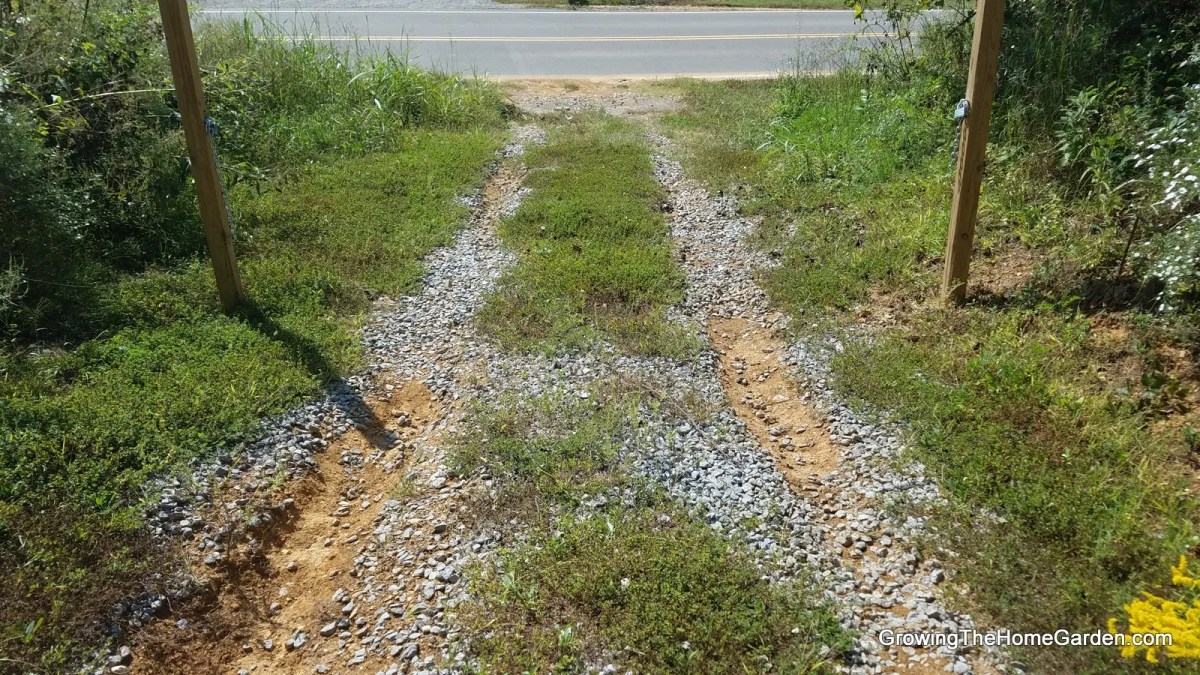
Gully erosion has several detrimental environmental effects. It leads to significant soil loss, reducing soil fertility and productivity. This loss of topsoil also diminishes the land’s capacity to support plant life. Gullies also negatively impact water resources by increasing sediment load in streams and rivers, reducing water quality and harming aquatic ecosystems. Finally, gully formation leads to habitat fragmentation and loss of biodiversity.
- Soil degradation and loss of fertility
- Water pollution from increased sediment load
- Habitat fragmentation and biodiversity loss
- Increased risk of flooding
- Damage to infrastructure
Gully Management and Remediation
Preventing gully formation and remediating existing gullies requires a multi-pronged approach. Preventive measures include sustainable land management practices like contour farming, terracing, and proper drainage systems. Remediation techniques range from simple measures like check dams and vegetative stabilization to more complex engineering solutions such as concrete structures or gabions. The choice of method depends on the size and severity of the gully, as well as the available resources.
So, you’re wondering about “gully meaning”? Basically, it refers to a channel or ravine worn by running water. Thinking about erosion? Check out how the aloft game uses drone technology to map terrain, which is super helpful in understanding gully formation and the impact of water flow on landscapes. Understanding gully systems is crucial for managing water runoff and preventing further erosion.
Cultural and Figurative Uses of “Gully”, Gully meaning
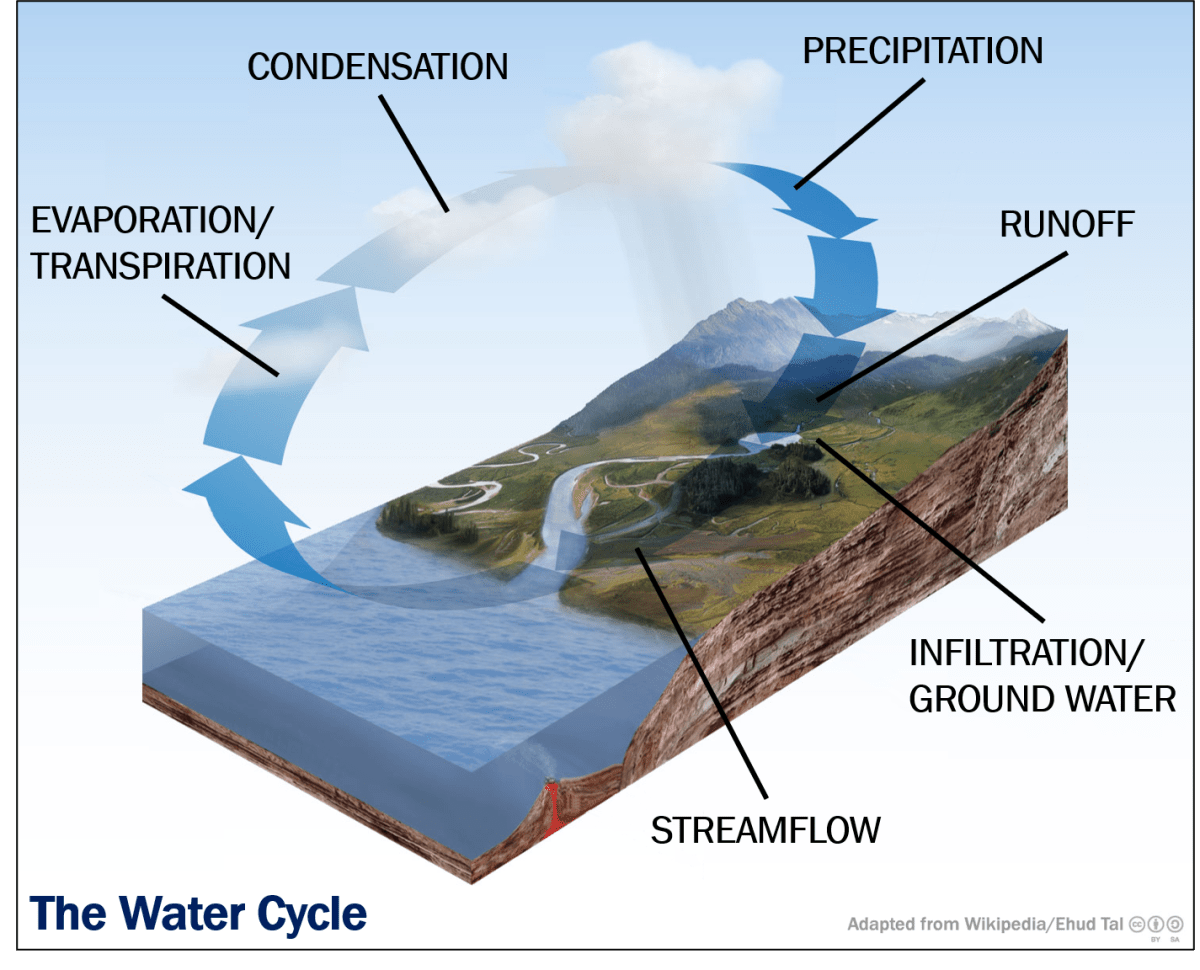
Beyond its literal meaning, “gully” can be used figuratively to describe a narrow, confined space or a difficult situation. For example, one might refer to a “gully of despair” or a “gully of uncertainty.” In some cultures, gullies might hold symbolic significance, representing challenges or transitions.
In a short story, a character might navigate a literal gully in a remote landscape, reflecting on the figurative “gullies” in their personal life, symbolizing the challenges they’ve overcome. The contrast between the physical and emotional landscapes could create a powerful narrative.
Concluding Remarks
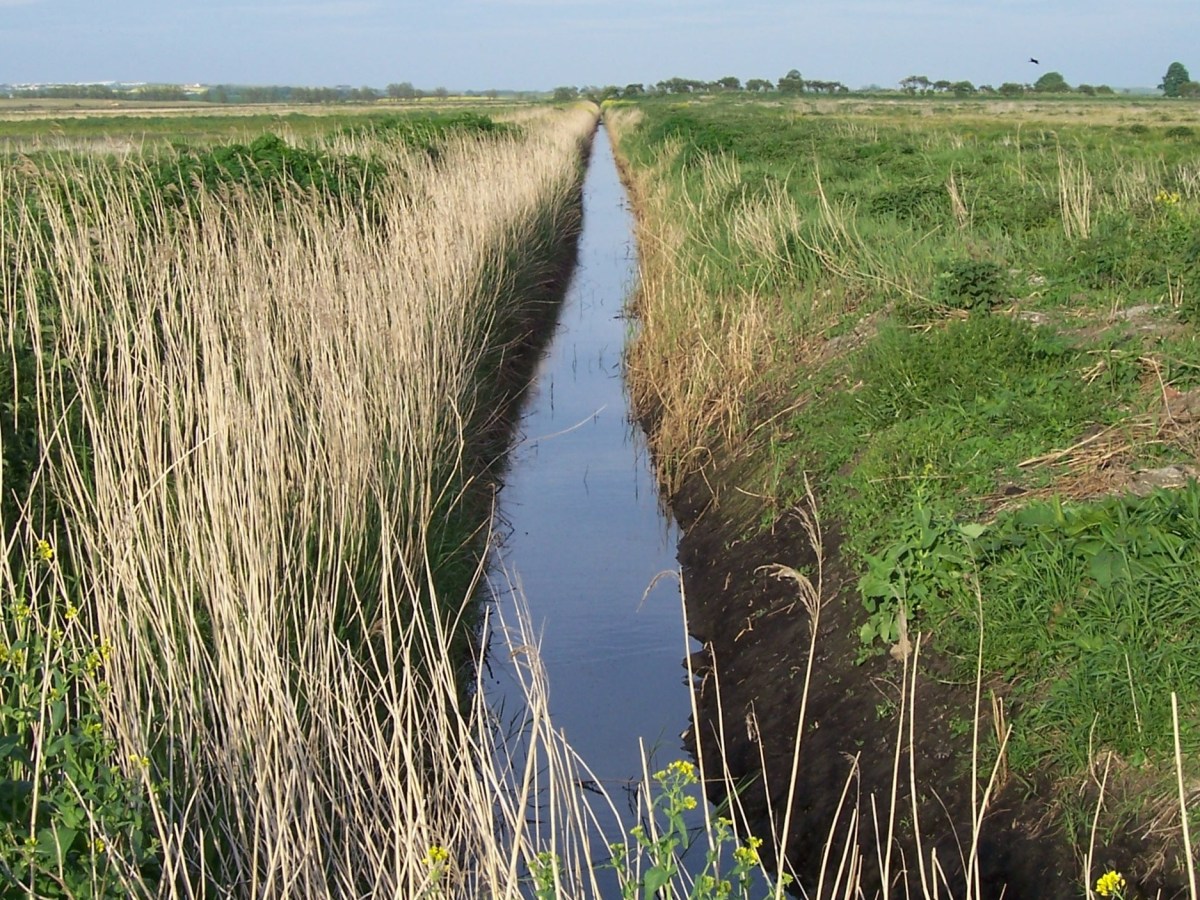
So, what have we learned about the meaning of “gully”? It’s far more than a simple word; it’s a lens through which we can view geological processes, environmental challenges, and even the nuances of language itself. From understanding the mechanics of water erosion to appreciating the metaphorical power of the word, exploring the meaning of “gully” provides a fascinating insight into the interconnectedness of nature, human impact, and the richness of language.
Whether you’re a geologist, environmentalist, or simply curious, understanding “gully” offers a rewarding exploration.
FAQ Corner
What is the difference between a gully and a ravine?
Generally, a gully is smaller and shallower than a ravine. Ravines are larger, more deeply incised channels formed over longer periods.
Can gullies be beneficial in any way?
While primarily a problem, in some controlled settings, gullies can act as drainage channels, preventing waterlogging in specific areas.
How does climate change affect gully formation?
Increased intensity and frequency of rainfall events due to climate change can significantly accelerate gully erosion.
Are there any legal implications related to gully erosion on private land?
Depending on location and severity, landowners might face legal consequences if gully erosion on their property causes damage to neighboring properties or waterways.
